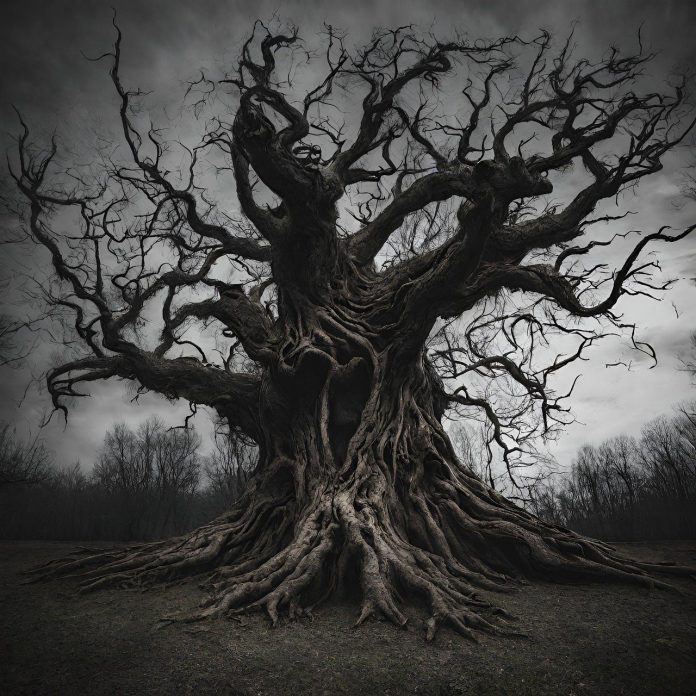Exploring the Dark Depths: Understanding “The Imp of the Perverse”
Introduction: Diving into the Unknown
Edgar Allan Poe, recognized for his haunting tales, composed a lesser-known gem, “The Imp of the Perverse.” This narrative encapsulates Poe’s exploration of the human psyche’s darkest recesses. While not as famed as some of his other works, this story grips readers with its psychological depth, unraveling the complexities of human behavior and delving into the murky territories of the subconscious.
The Essence of Perverse Impulses
The narrative essentially revolves around the concept of the “Imp of the Perverse.” Poe elucidates a force within us, a malevolent, impulsive entity that goads individuals toward self-destructive actions. It manifests that irresistible pull towards what is forbidden, irrespective of logic or consequence. This ‘imp’ embodies the conflict between the rational mind and the innate desire to rebel against it, showcasing the darker inclinations within human nature.
Psychological Turmoil and the Burden of Guilt
Within the tale, Poe meticulously crafts a psychological landscape fraught with torment. The protagonist grapples with the weight of guilt and the agonizing consequences of succumbing to the impulsive “Perverse Imp.” Through vivid descriptions and internal monologues, Poe portrays the mental anguish resulting from giving in to these malevolent urges, revealing the tormenting aftermath of acting upon the impulsive instinct.
Narrative Craftsmanship: Poe’s Literary Artistry
Poe’s narrative prowess shines through the story’s structure and pacing. He masterfully builds suspense, gradually unraveling the protagonist’s inner turmoil. With each revelation, the reader is drawn deeper into the protagonist’s psyche, experiencing the tension and psychological unease that permeates the narrative. Using vivid imagery and carefully constructed prose heightens the haunting atmosphere, leaving an indelible impression on the reader’s mind.
Symbolism and Allegory: Unveiling Hidden Depths
Beneath its surface, “The Imp of the Perverse” harbors symbolic layers and allegorical elements. The impulsive force and its consequences serve as a mirror reflecting the human propensity for self-sabotage. Poe skillfully employs these symbols to explore themes of internal conflict, the dichotomy between desires and rationality, and the consequences of succumbing to forbidden impulses, inviting readers to ponder the deeper meanings embedded within the narrative.
Relevance Today: Echoes in Modern Society
Despite its 19th-century origins, Poe’s exploration of the human psyche remains eerily relevant in contemporary times. The eternal struggle depicted in the story – the battle between impulsive desires and rational thought, the resulting turmoil, and the consequences of yielding to forbidden impulses – mirrors the internal conflicts individuals face today. The story is a haunting reflection of the perennial struggle within the human condition.
The Legacy of Poe’s Dark Exploration
“The Imp of the Perverse” portrays Poe’s prowess in untangling the darkest corners of the human psyche. Its exploration of the human propensity for self-destructive impulses and the consequences of succumbing to them continues to captivate readers, leaving a chilling and timeless mark on literature.
Conclusion: The Haunting Echoes Remain
In conclusion, Edgar Allan Poe’s “The Imp of the Perverse” transcends time, retaining its grip on readers’ minds. Its profound exploration of human nature, the eternal battle between impulse and reason, and the harrowing consequences of yielding to forbidden desires leave an indelible impression, inviting contemplation and reflection on the complexities of the human condition.





